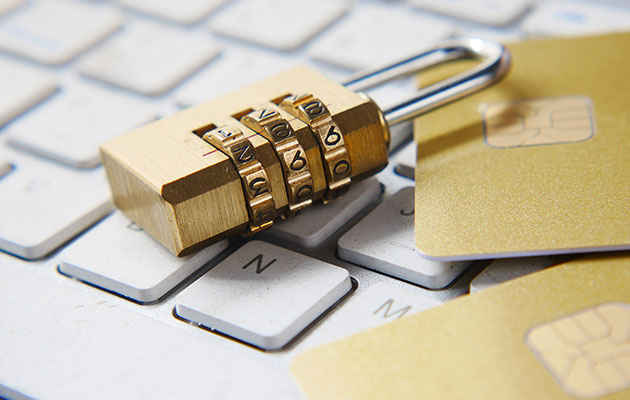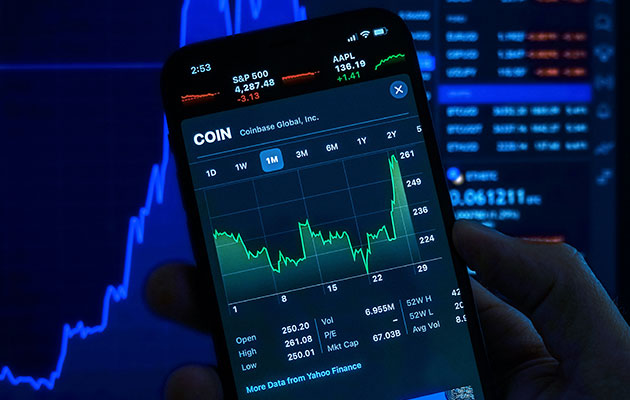-
Articles
Non-Fungible Tokens from a Thai Copyright and Property Law Perspective
Within the emerging global digital market, cryptocurrencies such as Bitcoin and Dogecoin have been receiving most of the public interest, with many individuals drawn to invest in the $3 trillion market cap. While the cryptocurrency market continues to grow, Non-fungible Tokens (NFTs) have rapidly gained popularity among crypto traders as a new form of highly valuable virtual assets. With several NFTs of digital art, such as Bored Ape #8585, CryptoPunk #9998 and NBA Top Shop Lebron James Dunk, being sold for up to $530 million, it is easy to understand why many people are intrigued by the NFT market.
However, with all the hype surrounding this relatively new digital asset market, there remains considerable misconception on what NFTs are and what rights are conferred from ownership of NFTs. Interestingly, as NFTs are used to represent other assets, typically digital content like digital artwork, photos and videos, this causes an interrelation between rights to the NFTs of the traders and the ownership and copyright of the underlying work.
This article will discuss how copyright law and property law apply to digital assets of NFTs in Thailand.
Assets of the Crypto Trade: a Guide to Fungible and Non-fungible Tokens
Before diving into the legal implications of NFT ownership, it is important to take a closer look at the defining features of the tradable virtual assets in question, namely, fungible and non-fungible tokens.
Cryptocurrencies, such as Ethereum, Litecoin, Polkadot and Bitcoin, are digital fungible tokens or “currencies” maintained through the relevant decentralised blockchain network, with the value of each unit of cryptocurrency being fixed by factors such as their scarcity and demand. The keyword in this definition is “fungible”, which means that each individual unit has a fixed universal trade value regardless of the person holding it, in a nature very similar to physical currencies. Another defining feature of fungible tokens is that their values are divisible, and each unit has fractional values which are used in a similar manner to real world currencies, such as 1 cent being 0.01 USD and 1 Satoshi being 0.000000001 Bitcoin.
On the other hand, NFTs are unique and noninterchangeable metadata. They are “one of a kind” data traded on the relevant blockchain network; they are referred to as “tokens”, which represent a certain digital asset. The blockchain acts as a ledger that keeps track of transfers of assets and allows for accurate authentication of ownership. Such data on the blockchain is presented as code in the form of NFTs representing the asset and verifying ownership of such asset by a certain individual. Assets represented by NFTs could range from virtual assets such as digital pictures, videos, artwork and music, or even real tangible items such as watches and other luxury goods.
NFTs Under Thai Copyright and Property Law
Under the Copyright Act of Thailand B.E. 2537 (1994), literary, dramatic and artistic works are recognised as copyright protected works. Generally, once a work is created, its author automatically receives the copyright of the work, which allows them to exercise exclusive rights of reproduction and adaptation, as well as the rights to communicate the work to the public. In the current NFT market practice, forms of digital media or virtual artworks are used as subjects of NFTs and traded among NFT traders, often at extremely high values.
Apart from the copyright of an NFT’s underlying work, NFTs are also subject to property rights as stipulated under Section 37 of the Constitution of Thailand B.E. 2560 (2017) and Section 140 of the Civil and Commercial Code of Thailand, which are further expanded upon in other provisions thereof. This provides a wide scope of rights, including the right to be a property owner and the right to reap the benefits of such property. In this regard, the ownership rights and copyright to the underlying assets/work, and ownership rights to NFTs could be held entirely by different individuals.
Legal Rights Conferred Under NFTs
NFTs regularly only confirm information of their particular assets as well as the transaction history of a specific copy of such work (e.g. a certain copy of a digital artwork), but not the copyright or exclusive property rights of all copies of the work. It is a misconception that purchasing an NFT gives the buyer a proprietary right to every copy or version of the underlying work. Acquiring ownership of an NFT does not in itself transfer copyright in the underlying work to the new owner of the NFT.
This stems from the process of creating NFTs themselves, in which creators input the underlying smart contracts specifying the qualities of the NFTs and the underlying assets and add them to the relevant blockchain through the process of “minting”. Such smart contracts do not usually specify the transfer of the rights of ownership or copyrights of the specific assets or works to another individual. In such circumstances, copyright to the underlying work would remain with the actual author or creator of the particular work.
Based on the above process, acquiring NFTs should be interpreted as receipts of transfer or blockchain-verified records of possession of unique assets, i.e. virtual tokens representing specific copies of the original work that are entirely separate from the original work of the underlying assets. Unless the relevant smart contract provides otherwise, the property rights and copyrights to the underlying work will remain with the original right owner of the underlying asset/work.
In most cases, this means NFT owners would only maintain a normal right of possession under Thai law to the specific copy of the unique asset. The NFT owner generally does not have any exclusive rights to the underlying copyright work, such as the rights to reproduce, adapt or communicate such work to the public. If the NFT owner reproduces, makes an adaptation or communicates such work to the public without authorisation from the copyright owner of the underlying work, said action could constitute a copyright infringement. This essentially means NFT could merely confer the right to possess a token representing a certain copy of an asset according to the smart contract; not the NFT seller’s right in rem or copyright of the NFT’s underlying work.
Nevertheless, this position can vary depending on the smart contract; the smart contract which governs an NFT may specify how proprietary rights, including copyright, are transferred to the NFT buyers. There might also be a term on licensing of copyright to the underlying work to NFT buyers as set out in the smart contract.
It should also be noted that the minting and sale of NFTs may be a copyfraud or an infringement of copyright in the underlying work, e,g, when a person mints an NFT of a public domain work claiming it as their own original work or when a person misrepresents that they are the author or copyright owner of the work used as an underlying asset to mint the NFT. This further illustrates that rights to an NFT and proprietary rights to the underlying asset or work are completely different.
In summary, with rising public interest surrounding the lucrative NFT market in recent times, it is important to understand that NFTs are essentially perceived as title deeds to a particular item and possession of rights under the governing smart contract; not copyright licence agreements for the artwork or as sales of the original work itself. In most cases, the NFT owner has relatively limited rights relating to its NFT, the NFT’s subject/underlying work and even the specific copies of the NFTs’ underlying assets.
This article is prepared by Aleron Laoboonchai.





